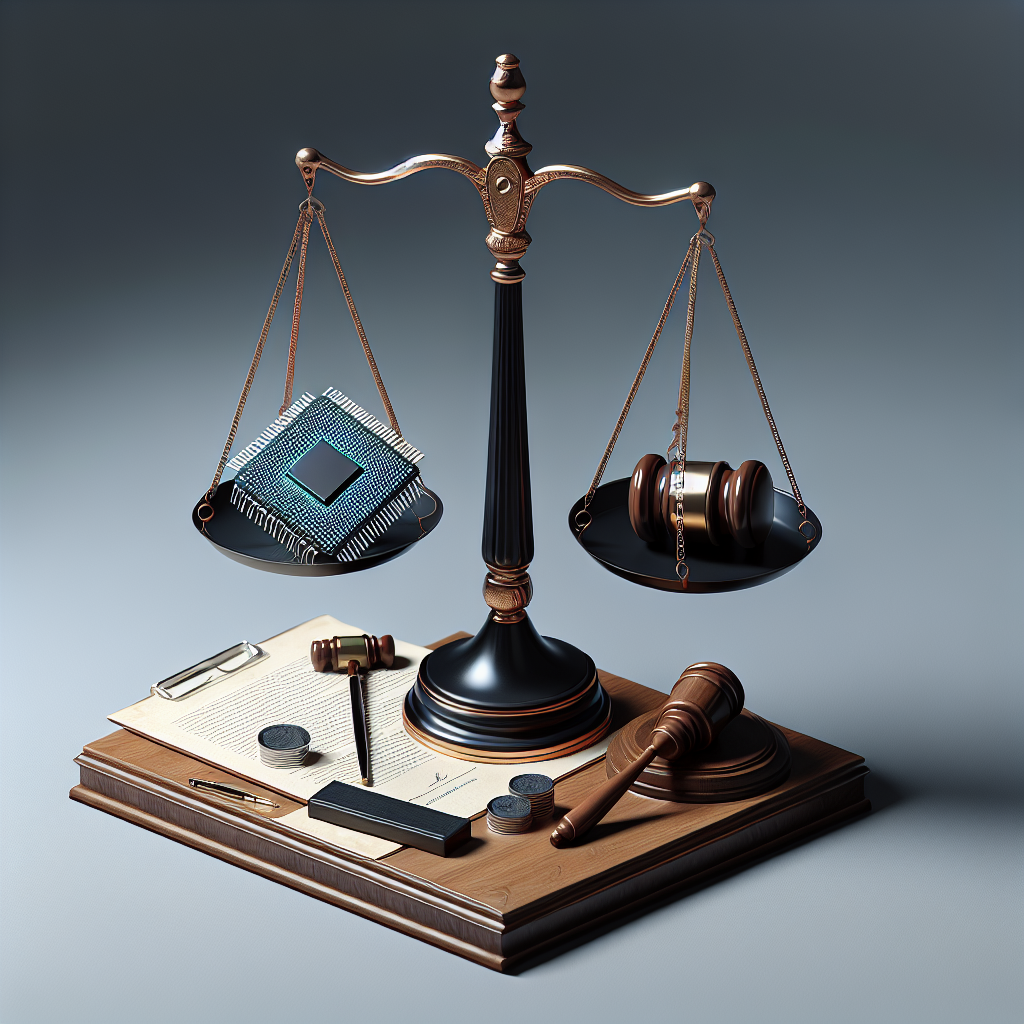The legal ramifications of AI privacy violations are a topic of increasing concern as artificial intelligence technology becomes more pervasive in our daily lives. With AI systems being used in areas such as healthcare, finance, and law enforcement, the potential for privacy violations is significant.
One of the key legal issues surrounding AI privacy violations is the question of who is ultimately responsible for ensuring that individuals’ privacy rights are protected. In many cases, AI systems are designed and implemented by companies or other organizations, which raises the question of whether these entities should be held liable for any privacy violations that occur as a result of their AI systems.
Another challenge in addressing AI privacy violations is the complex nature of AI systems themselves. AI algorithms are often opaque and difficult to interpret, making it challenging to determine how and why a privacy violation occurred. This opacity can make it difficult to hold AI systems accountable for privacy violations, as it may be unclear who or what is ultimately responsible for the violation.
In terms of legal remedies for AI privacy violations, there are a number of potential avenues that individuals may pursue. One option is to file a complaint with a relevant regulatory authority, such as the Federal Trade Commission or a data protection authority in the European Union. These authorities have the power to investigate complaints and take enforcement action against companies that violate privacy laws.
Another potential legal remedy for AI privacy violations is to file a lawsuit against the company or organization responsible for the violation. In some cases, individuals may be able to seek damages for the harm caused by a privacy violation, such as financial losses or emotional distress.
In addition to regulatory and legal remedies, companies that use AI systems can also take steps to minimize the risk of privacy violations. This may include conducting thorough privacy impact assessments before implementing AI systems, implementing robust data security measures, and providing clear information to individuals about how their data will be used.
Overall, the legal ramifications of AI privacy violations are complex and multifaceted. As AI technology continues to advance, it will be important for regulators, lawmakers, and companies to work together to ensure that individuals’ privacy rights are protected.
FAQs
Q: What are some examples of AI privacy violations?
A: Some examples of AI privacy violations include unauthorized access to individuals’ personal data, the use of AI systems to make decisions about individuals without their consent, and the collection of sensitive information without proper safeguards in place.
Q: Who is ultimately responsible for AI privacy violations?
A: The question of responsibility for AI privacy violations is a complex one. In many cases, the company or organization that designs and implements the AI system may be held responsible for any privacy violations that occur as a result of the system. However, the ultimate responsibility may depend on the specific circumstances of the violation.
Q: What legal remedies are available for AI privacy violations?
A: Legal remedies for AI privacy violations may include filing a complaint with a regulatory authority, such as the Federal Trade Commission or a data protection authority in the European Union, or filing a lawsuit against the responsible company or organization. Individuals may be able to seek damages for the harm caused by a privacy violation.
Q: How can companies minimize the risk of AI privacy violations?
A: Companies can minimize the risk of AI privacy violations by conducting thorough privacy impact assessments before implementing AI systems, implementing robust data security measures, and providing clear information to individuals about how their data will be used.

